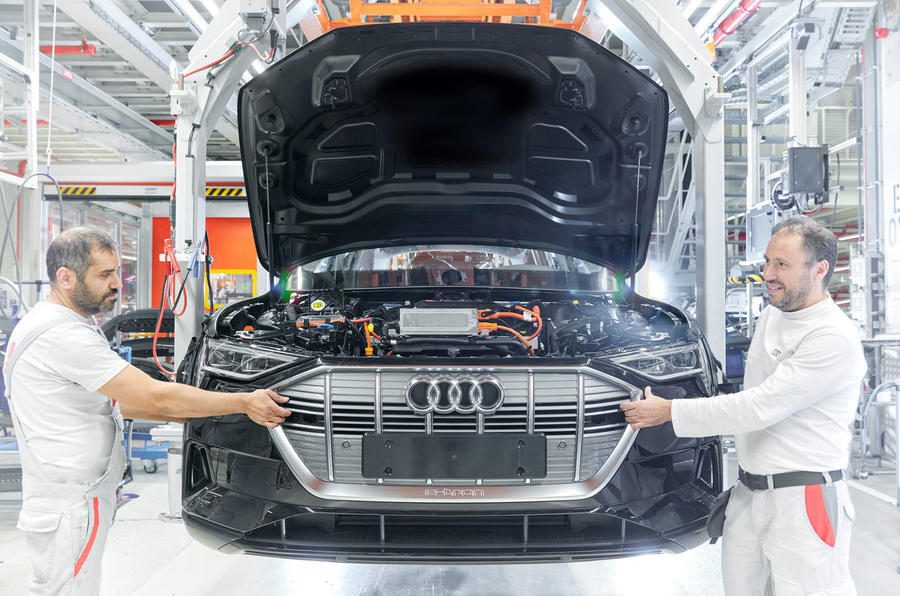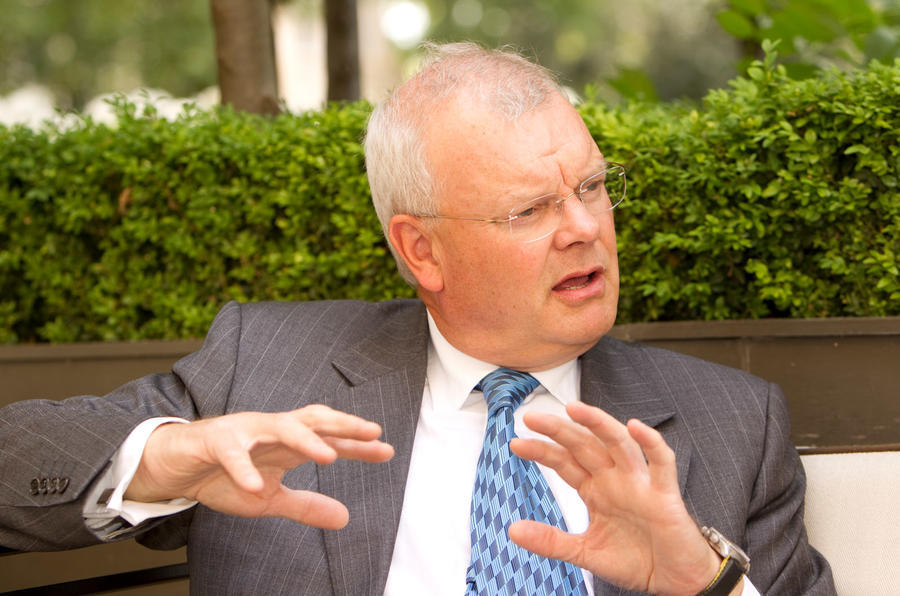The point where petrol and diesel cars and electric cars are comparable on purchase price will likely come in 2026 – but not because EVs will get much cheaper, according to Richard Parry-Jones.
Speaking at the latest Autocar Business Live conference (which Autocar subscribers can watch again), Parry-Jones – an engineering consultant best known for his 38-year career at Ford, where he became product development boss and chief technology officer – said the gap will close because the cost of making internal combustion engines (ICEs) will rise.
He explained: “I think fundamentally batteries are more expensive than current (combustion) technology. The main reason for the gap closing is not because the batteries are coming down – although they are. It's actually because the ICE cost is going up. They're meeting the middle.”
Parry-Jones echoed car makers in saying that emissions control systems for ICEs are becoming “very expensive” and could become prohibitively so in the coming years. Price parity will therefore happen “probably about 2026”.
However, he said that one way the cost of batteries could come down is by reducing the “layers of redundant mechanical protection” found in the latest EV battery systems.
The effect of the UK’s proposed 2030 ban on the sale of new ICE cars on residual values is also a hot topic; Parry-Jones reckons it will be influenced more by city air quality than a focus on CO2 emission.

“I think the best way for the industry to secure the value of the vehicles going forward is to make damn sure that the real-world emissions of the engines we’re selling are very good and meet the goals of city leaders," he said.





Join the debate
Add your comment
Depends on the vehicle class, executive and premium offerings are already on par.